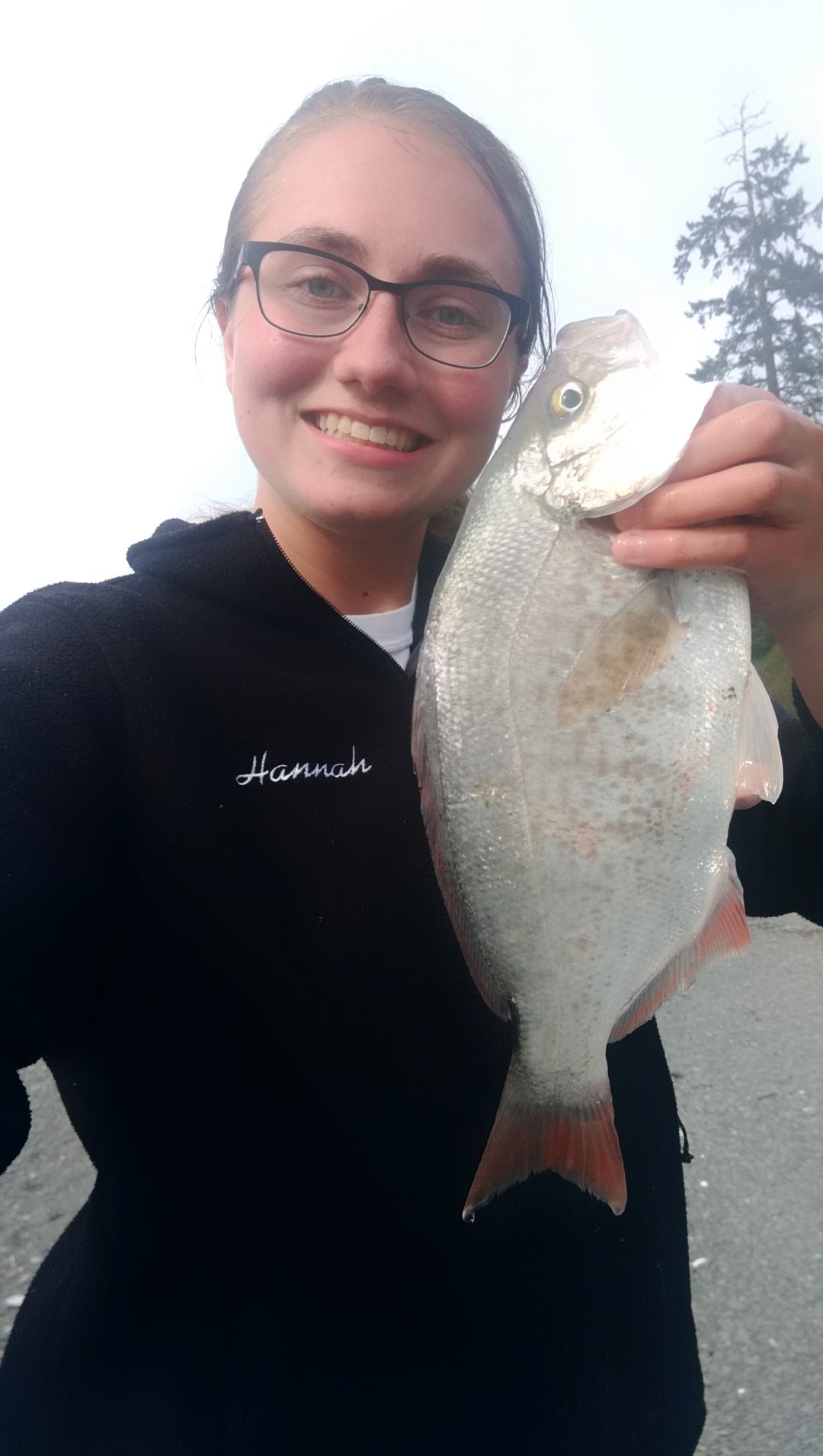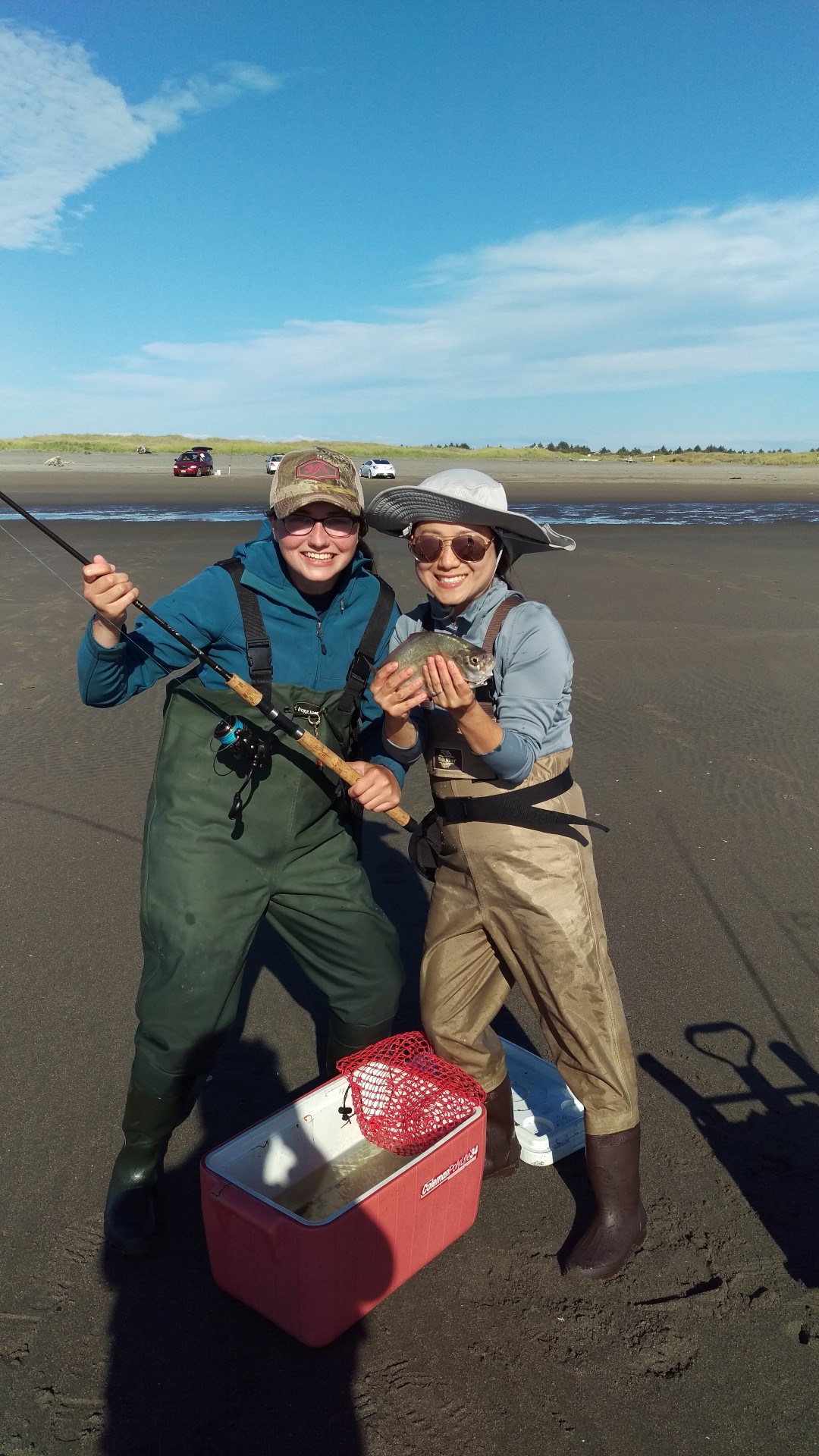Search
Latest Articles
Solunar Surf Perch
by Hannah Pennebaker , December 09, 2019
How does solunar theory relate to surf perch? As an avid surf perch fisherman myself, I always check the solunar calendar before a trip, although a poor forecast does not stop me. I've had days when I just couldn't keep the fish off my line, despite the bad forecast. Knowing your prey is important, and it's worth noting that surf perch are voracious, opportunistic feeders. Their natural habitat is the rough and capricious waters of the coastline, and they must take what prey they can get. I wonder if the the position of the moon could influence their appetite, or if there is something else at play.
As ocean fishermen know, tides can play a big role in fish activity. Some swear by an incoming or outgoing tide. Conventional wisdom dictates that the bite is best an hour before or after a tide change. I used to swear by an incoming tide, but after trying an outgoing one last year I am a convert. Find out whatever works best for you, and don't be afraid to try out different tides.
In addition to to tides, time of year comes into play when deciding if the bite will be on. Surf perch come in shallow during the spring to spawn. When the surf is especially rough, I've noticed the bite slows down as the fish push out beyond casting distance to seek the safety of calmer waters. Usually, during the warmer months, the surf is calm, but during the winter months it becomes much more turbulent. Often, you can check the height of the waves before heading out.
Learning to read the water is an important skill for every surf fisherman. Otherwise, one could go and cast in a poor spot and get skunked, then go home cursing the solunar calendar. Again, here is when knowing more about fish behavior can be crucial. Surf perch move in schools, and they look for deep spots where food collects and washes in. When you get to the beach, look for breaks in the surf, or places where waves crash further from shore and then disappear. These indicate a hole where fish gather. Finding the school is an important skill.
Overall, there are many different factors at play when it comes to surf perch activity. Tide, roughness of the surf, and time of year all matter. While the solunar theory could influence the surf perch bite to some degree, reading the water and knowing how surf perch behave will give you a much better edge.
Hannah Pennebaker graduated from Pacific Lutheran University with a degree in Environmental Studies. She enjoys both freshwater and saltwater fishing adventures in the Puget Sound area with her fishing group, the Straw Hat Fishermen.


